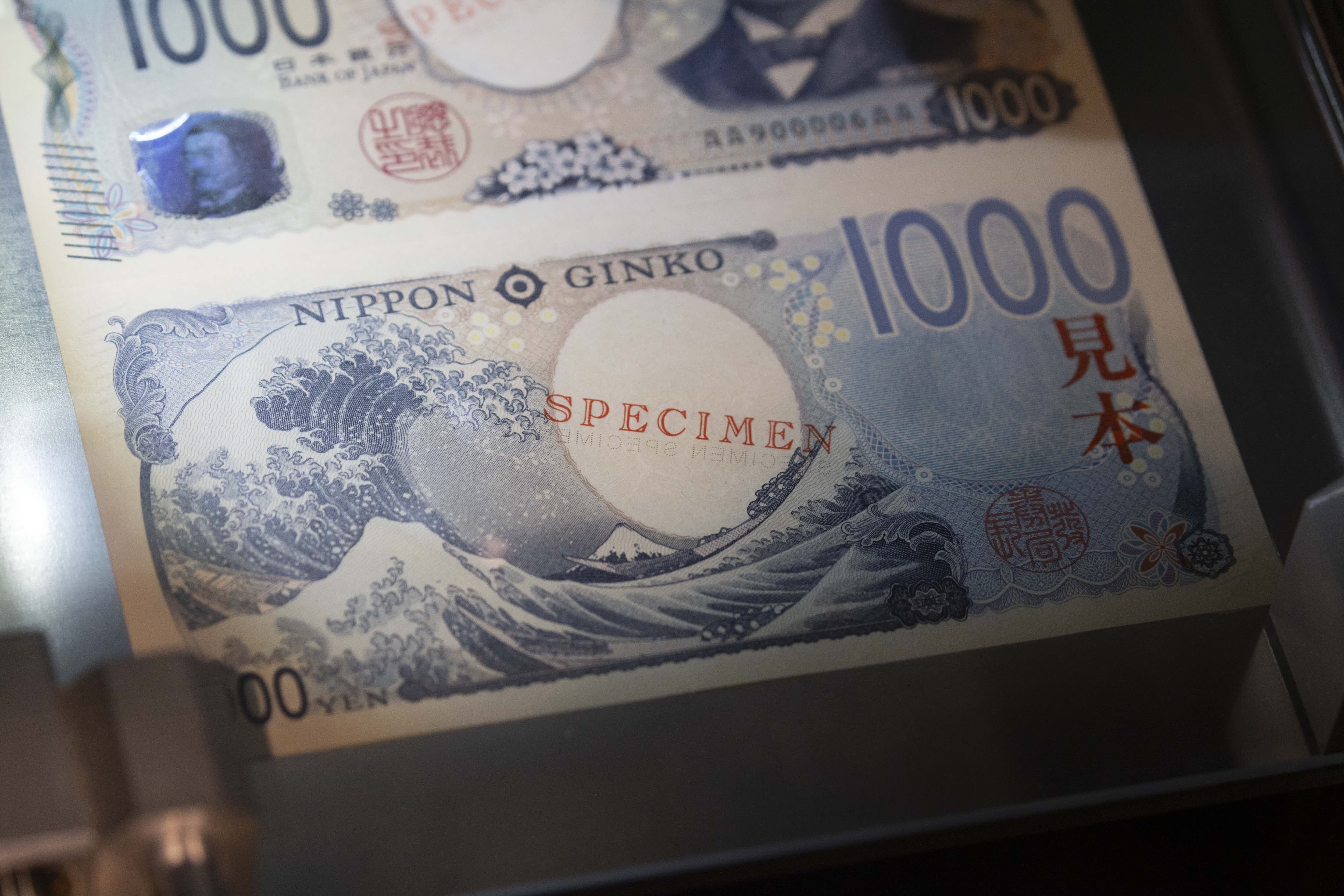
Data from Japan’s Ministry of Finance on Friday confirmed the country’s first currency intervention since 2022, after the yen plunged to a 34-year-low in April.
The ministry on Friday stated Japan spent 9.7885 trillion yen ($62.25 billion) on currency intervention between April 26 and May 29, according to a Google-translated statement.
This is the first time that the Japanese government has undertaken such a market measure since October 2022, according to ministry records.
The timeline of the government step coincides with a sharp rebound in the Japanese currency in recent weeks, after the yen plunged to a 34-year-low of 160.03 against the U.S. dollar on April 29.
It later bounced to 156 levels later in that session, heating speculation of a potential intervention by Japanese authorities. The currency further strengthened by more than 2% within days.
At the time, analysts at Bank of America Global Research estimated that the size of the first suspected intervention could have been between 5 trillion yen and 6 trillion yen, based on Bank of Japan data.
The yen has been combating sustained pressure since the Bank of Japan ended its monetary policy of negative interest rates in March. It traded at 157.25 against the U.S. dollar at 11:55 a.m. London time on Friday.
Earlier this month, Japanese Finance Minister Shunichi Suzuki backed the need for interventions, if sharp currency moves started to impact households and companies. He declined to comment at the time when asked whether the ministry had stepped in to prop up the yen.
“When there is an excessive movement, it may be necessary to smooth it out,” Suzuki told CNBC’s Dan Murphy on May 3, according to a translation.
Japan last intervened to stabilize the currency in October 2022, when the yen fell to lows of around 152 per dollar. Authorities intervened three times that year to stabilize the currency, reportedly spending as much as a combined 9.2 trillion yen over the period.
Source: CNBC
